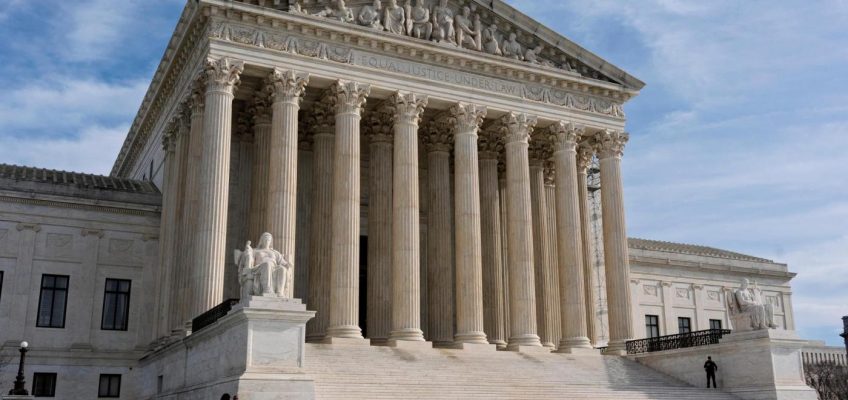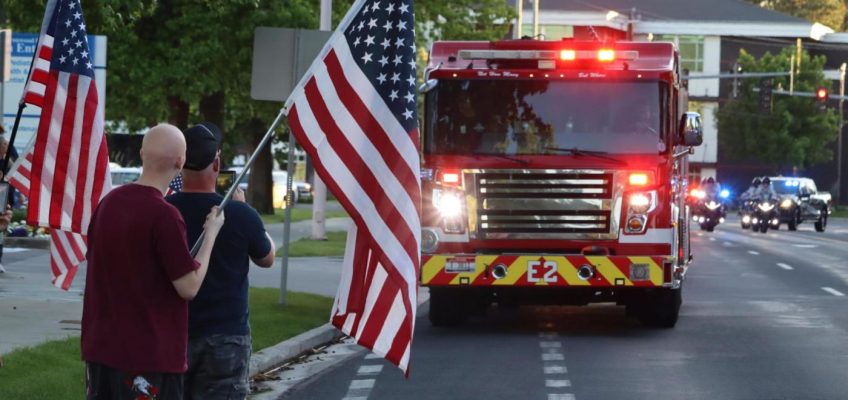By MARK SHERMAN
WASHINGTON (AP) — The Supreme Court will take up a Republican-led drive, backed by President Donald Trump’s administration, to wipe away limits on how much political parties can spend in coordination with candidates for Congress and president.
The justices said Monday they will review an appellate ruling that upheld a provision of federal election law that is more than 50 years old, ignoring pleas from Democrats to leave the law in place. The Supreme Court itself upheld it in 2001.
But since Chief Justice John Roberts joined the court in 2005, a conservative majority has upended a variety of congressionally enacted limits on raising and spending money to influence elections. The court’s 2010 Citizens United decision opened the door to unlimited independent spending in federal elections.
Without the limits on party spending, large donors would be able to skirt caps on individual contributions to a candidate by directing unlimited sums to the party with the understanding that the money will be spent on behalf of the candidate, supporters of the law say.
The case will be argued in the fall.
Richard Hasen, an election law expert at the University of California at Los Angeles law school, has predicted the court will strike down the limits. “That may even make sense now in light of the prevalence of super PAC spending that has undermined political parties and done nothing to limit (and in fact increased) corruption and inequality,” Hasen wrote on the Election Law blog.
The Justice Department almost always defends federal laws when they are challenged in court. But the Trump administration notified the court that “this is the rare case that warrants an exception to that general approach” because it believes the law violates free-speech protections in the First Amendment.
The Republican committees for House and Senate candidates filed the lawsuit in Ohio in 2022, joined by two Ohio Republicans in Congress, then-Sen. J.D. Vance, who’s now vice president, and then-Rep. Steve Chabot.
Related Articles
Senate Republicans are in a sprint on Trump’s big bill after a weekend of setbacks
Trump says Iran might get sanctions relief if it can be peaceful
Republican Senate tax bill would add $3.3 trillion to the US debt load, CBO says
Republican Sen. Thom Tillis of North Carolina won’t run in 2026 after opposing Trump’s bill
Debate is underway in the Senate on Trump’s big bill, but overnight voting is delayed
In 2025, the coordinated party spending for Senate races ranges from $127,200 in several states with small populations to nearly $4 million in California. For House races, the limits are $127,200 in states with only one representative and $63,600 everywhere else.
The court also agreed to referee a fight between internet service provider Cox Communications and record labels over illegal music downloads by Cox customers.
The justices will review a lower-court ruling in a lawsuit led by Sony Music Entertainment that Cox has to cut off customers who downloaded music they didn’t pay for or face liability for any future acts of digital piracy.
A jury had initially found Cox liable for more than $1 billion, but the 4th U.S. Circuit Court of Appeals threw out the award. The high court rejected the record labels’ appeal of that aspect of the ruling.
Follow the AP’s coverage of the U.S. Supreme Court at https://apnews.com/hub/us-supreme-court.




